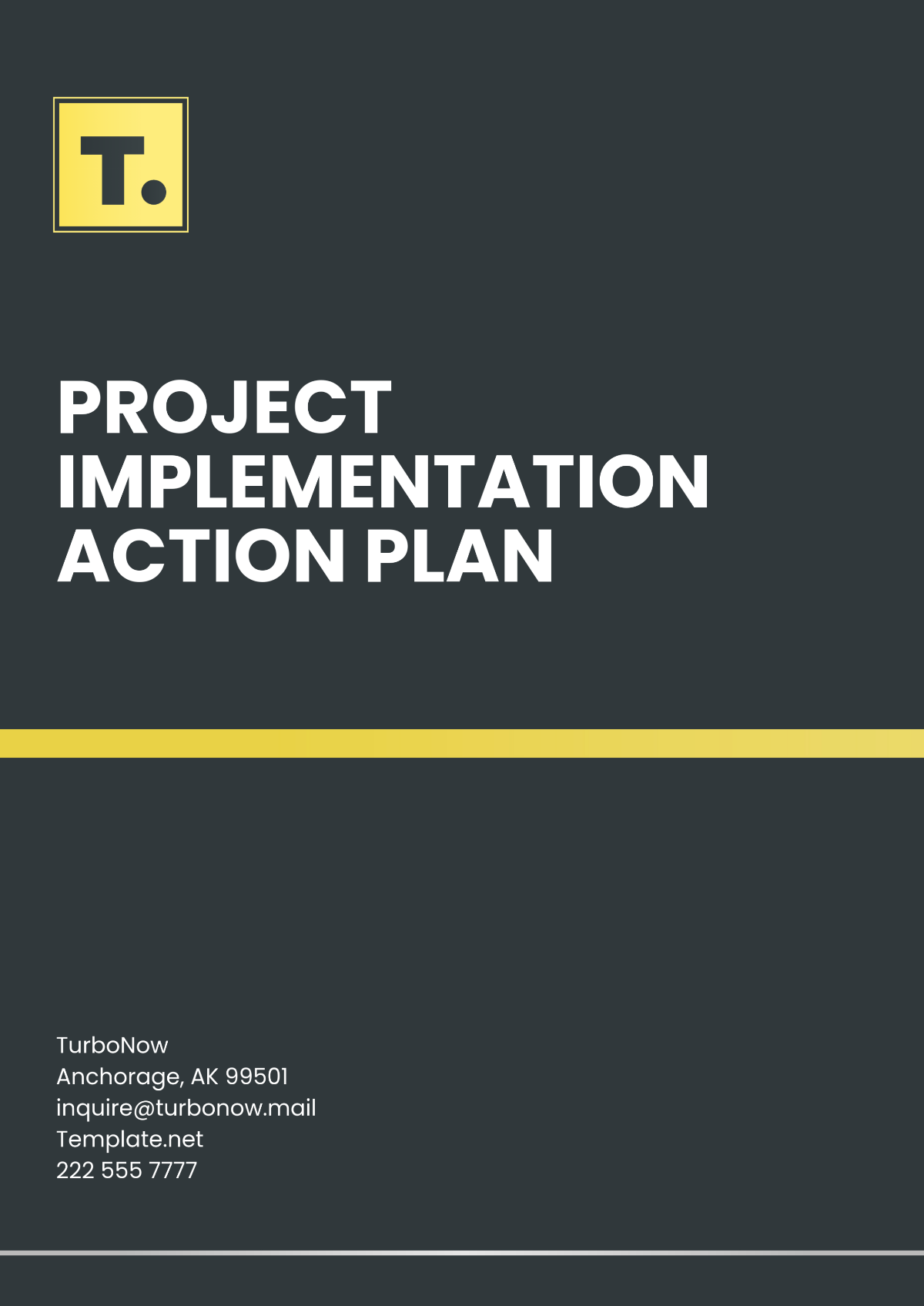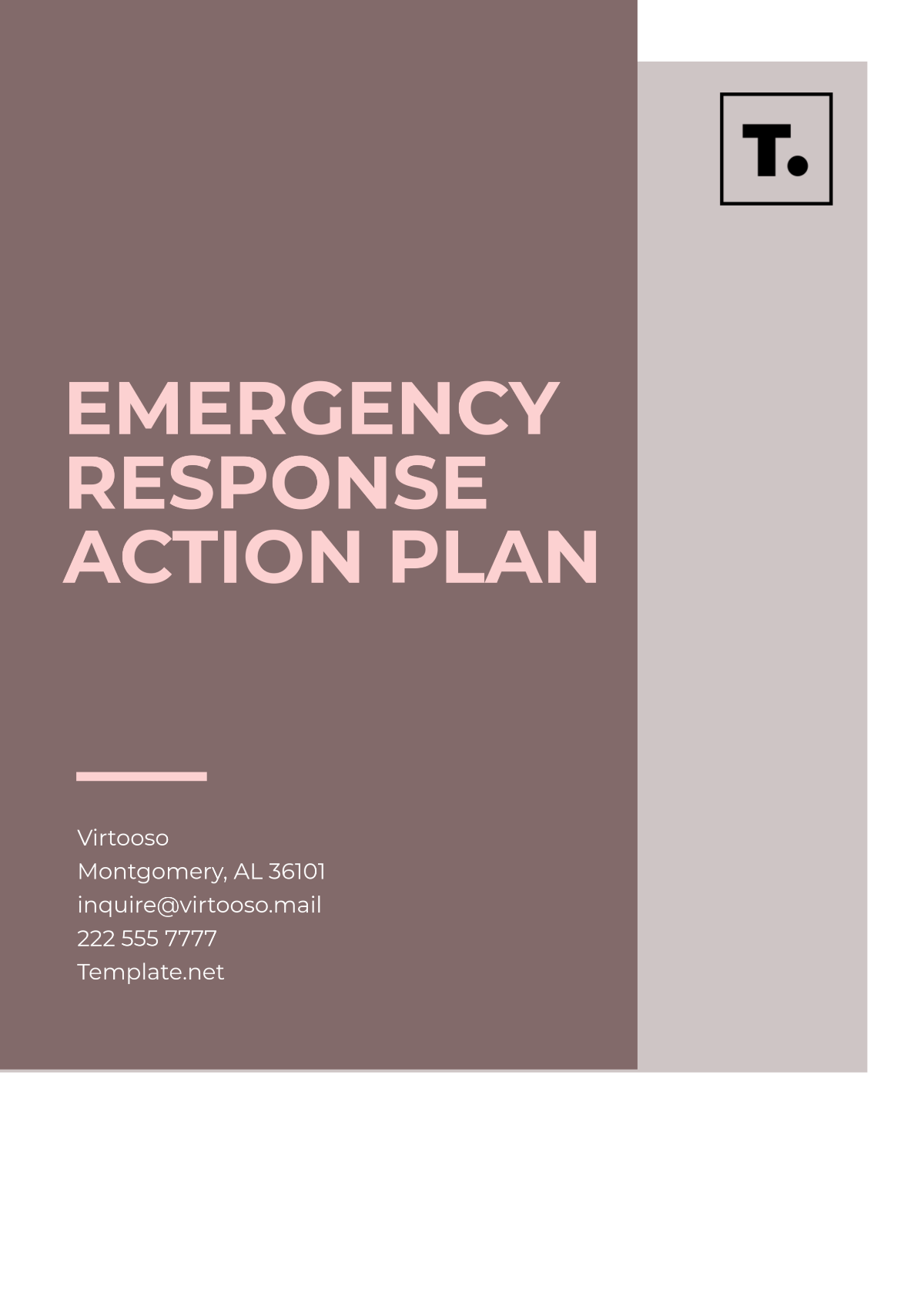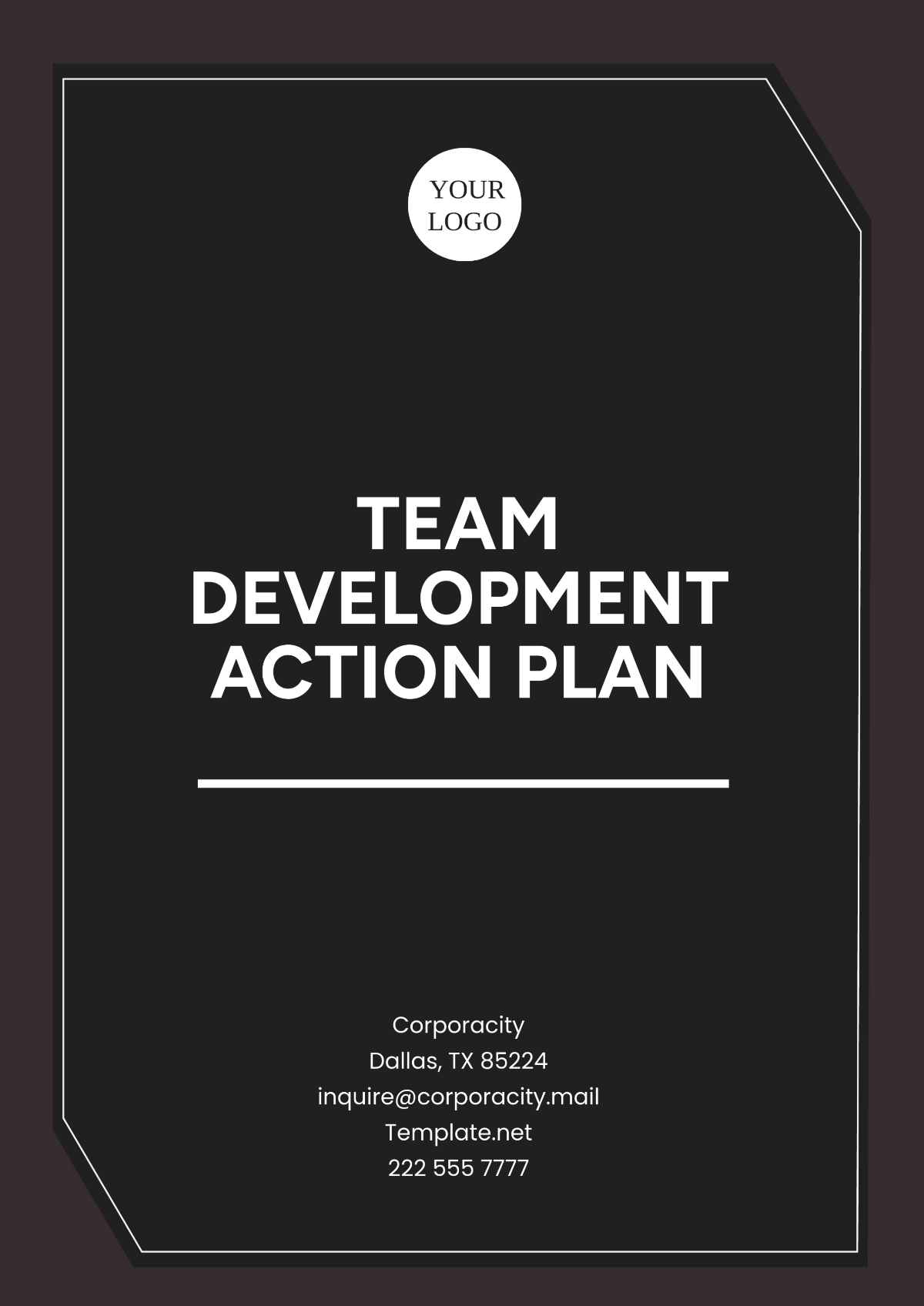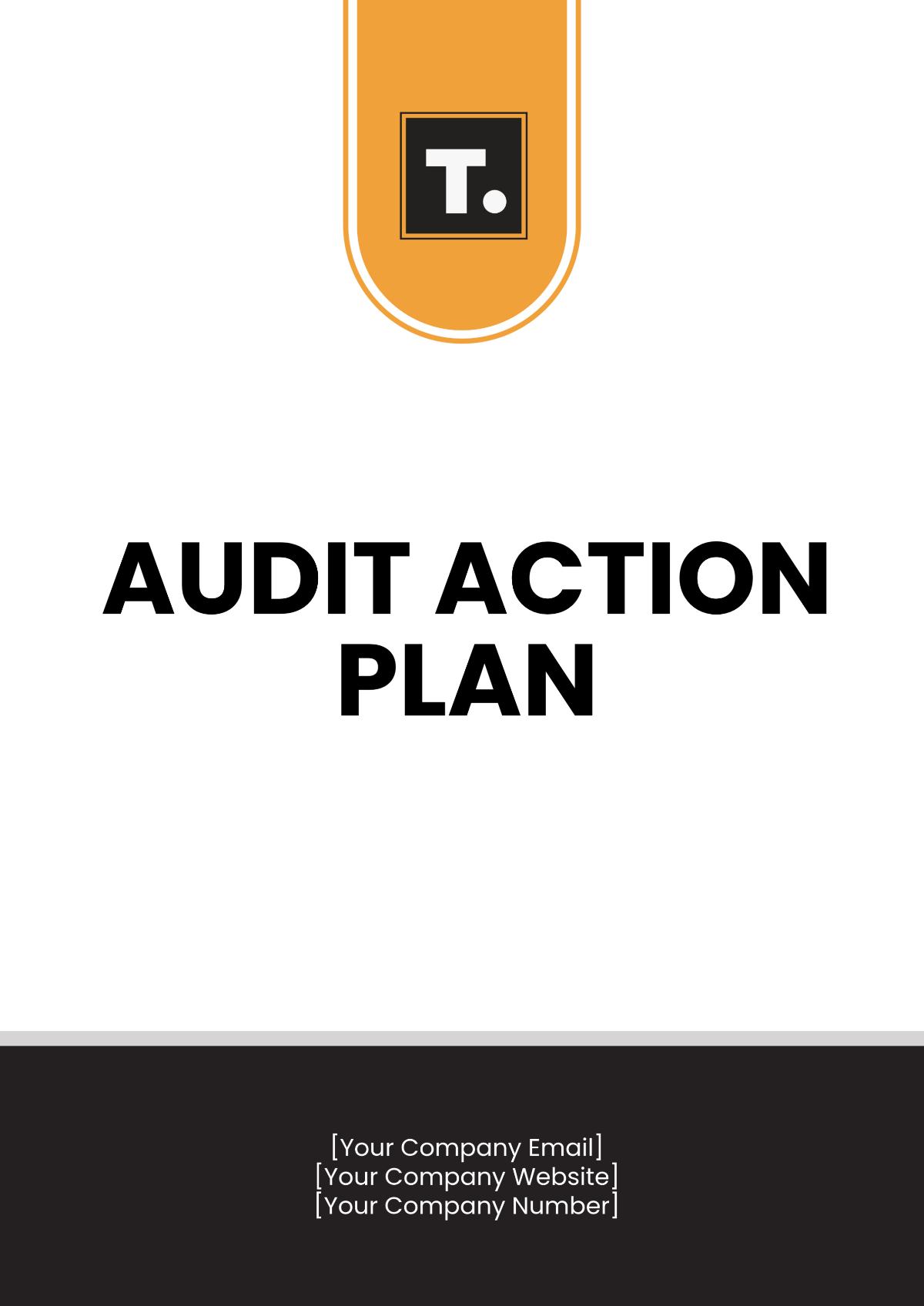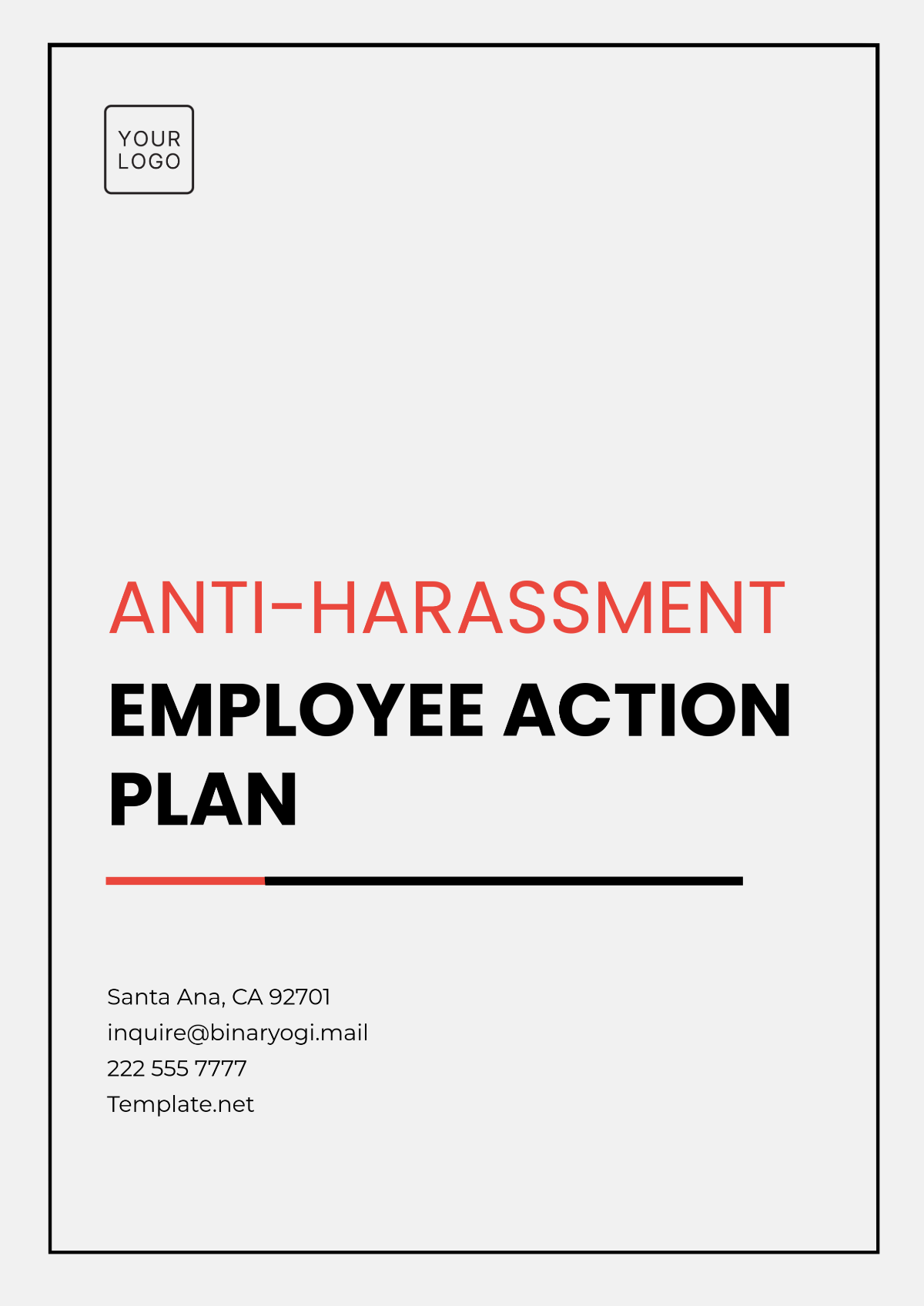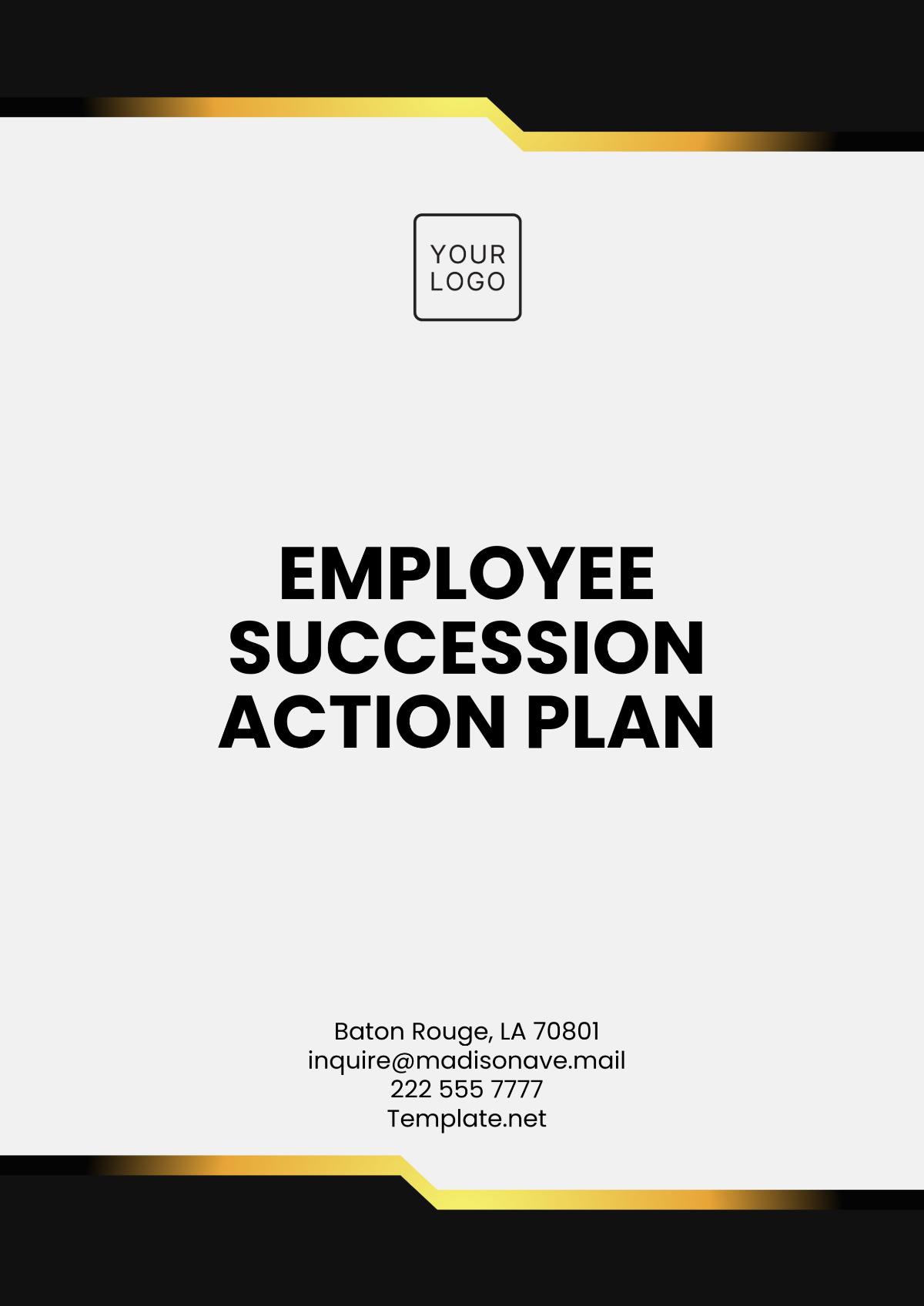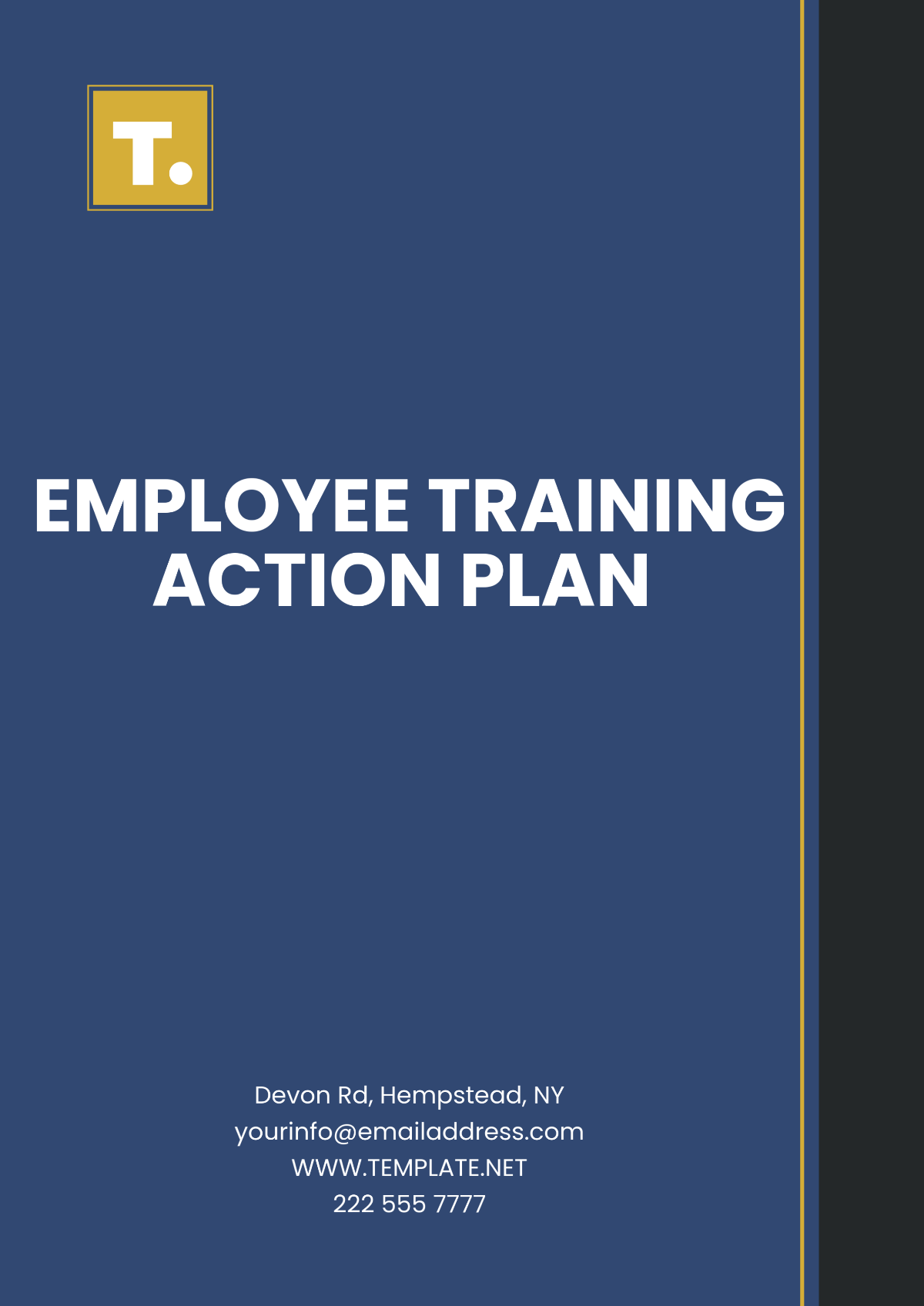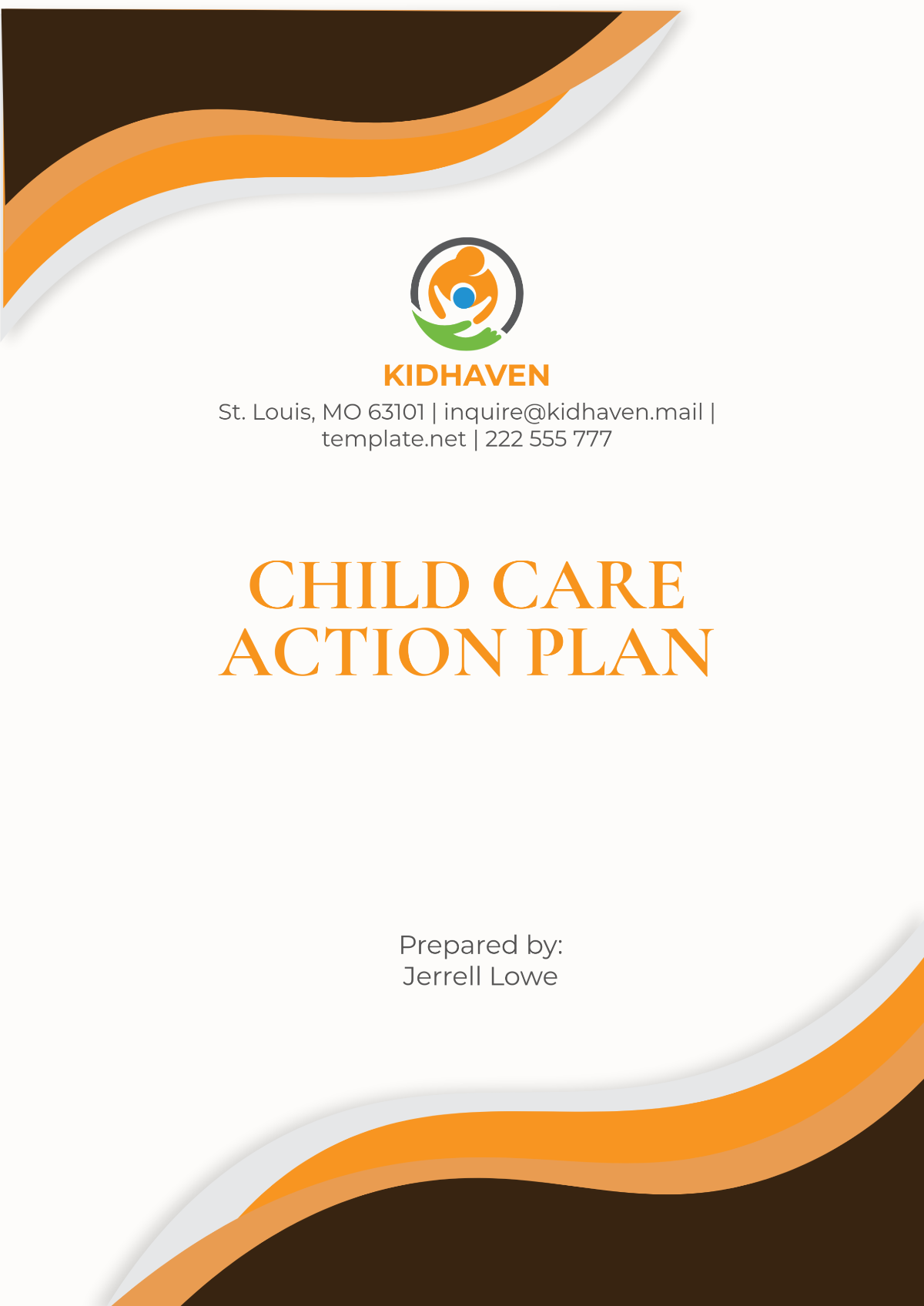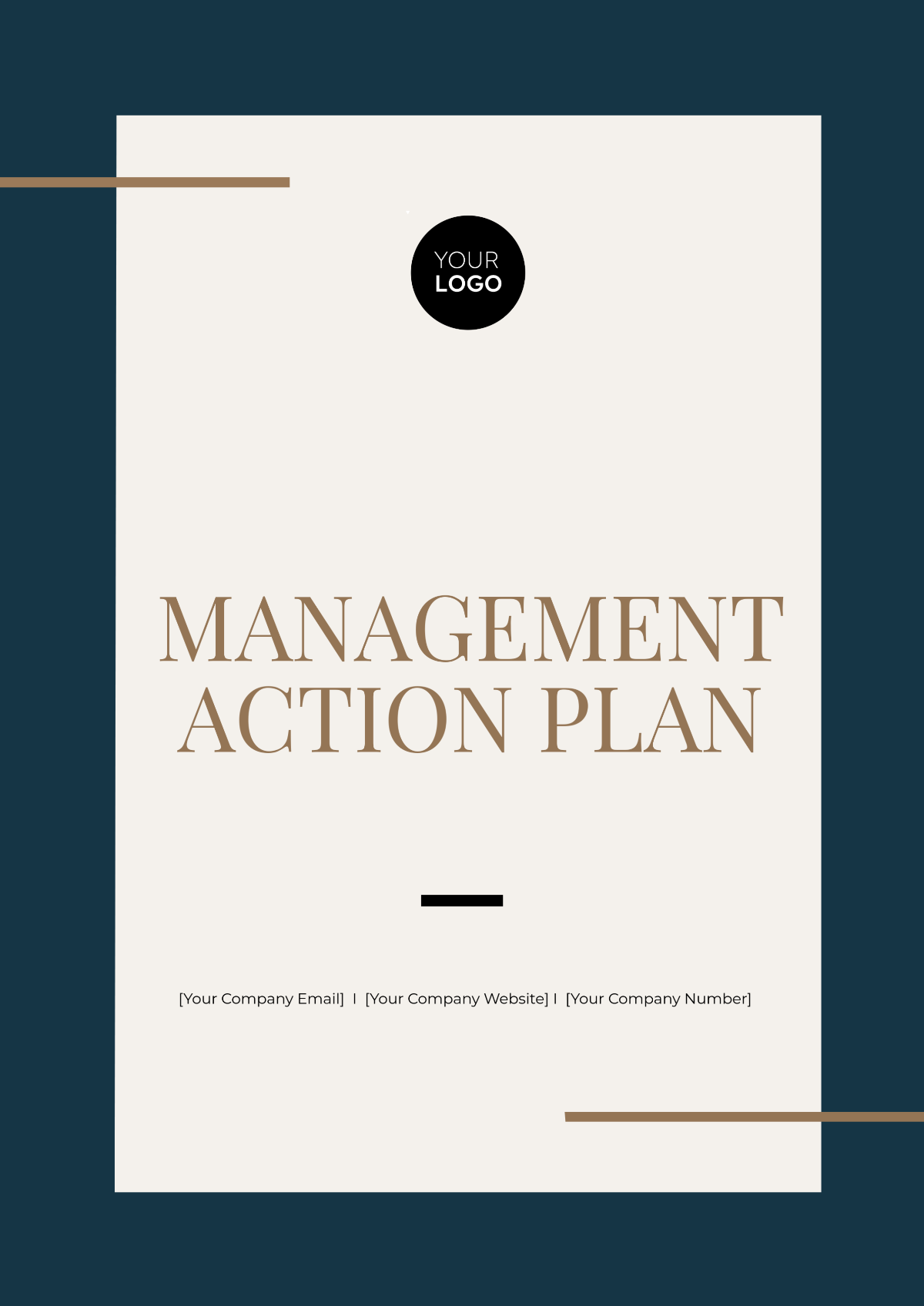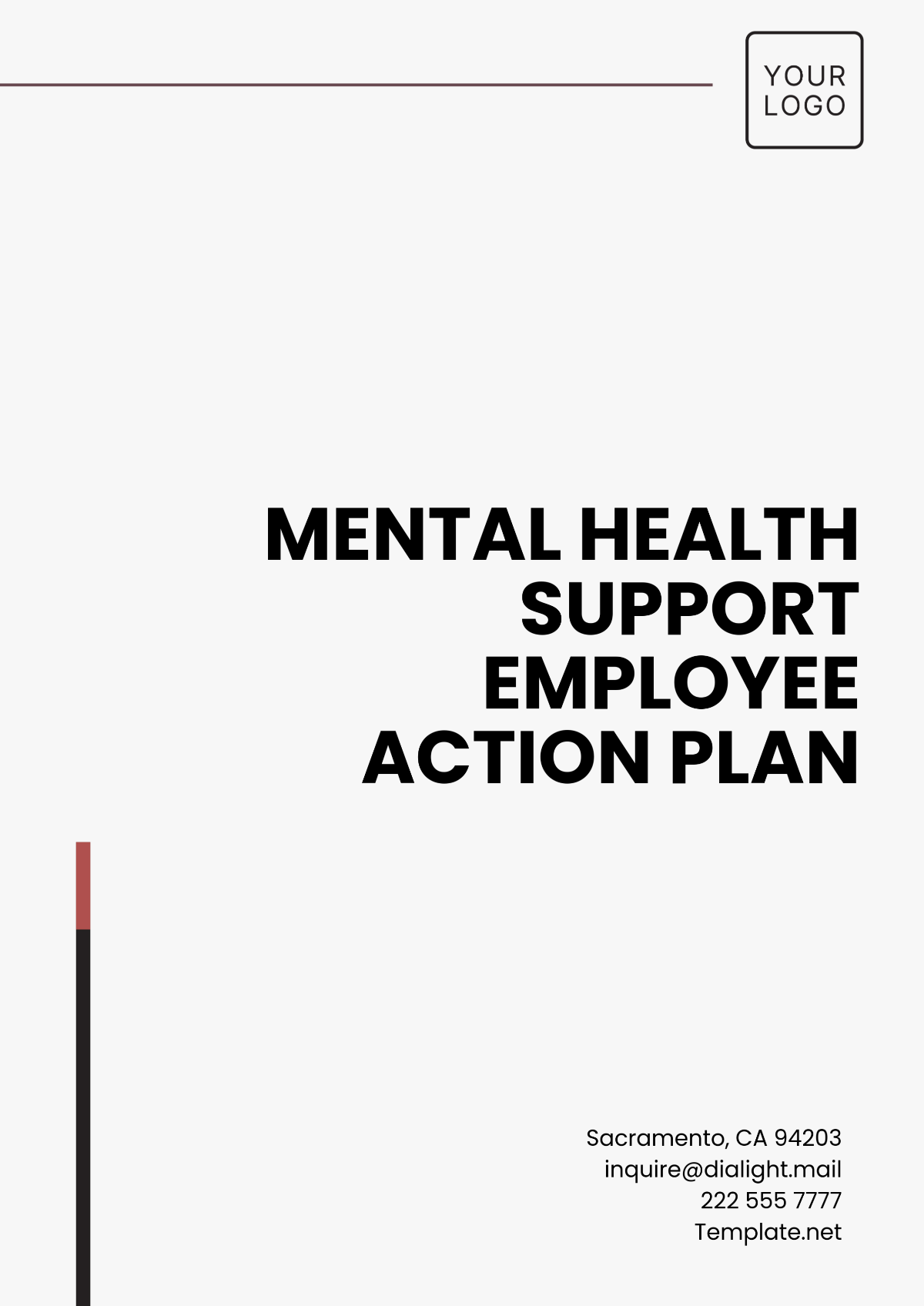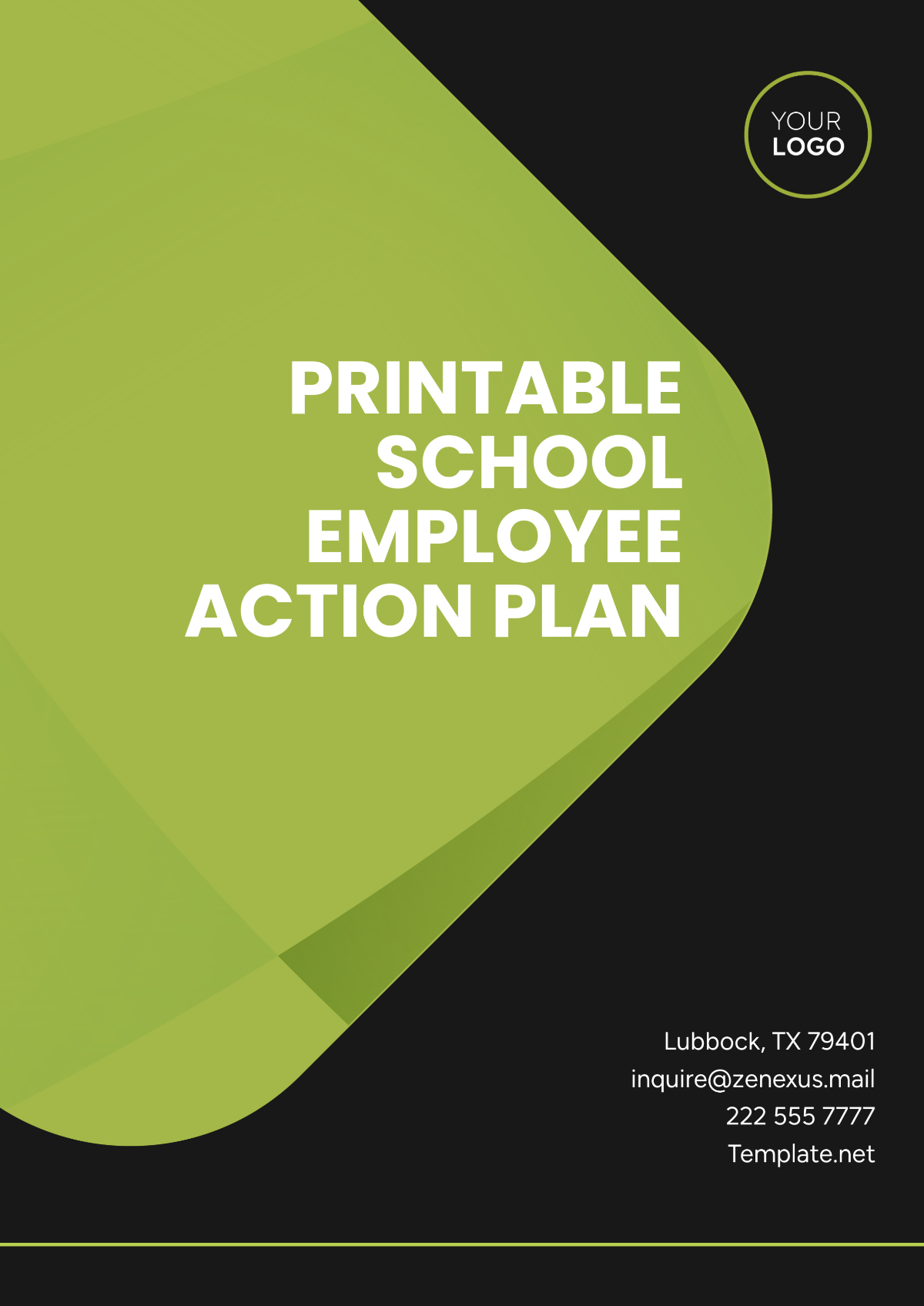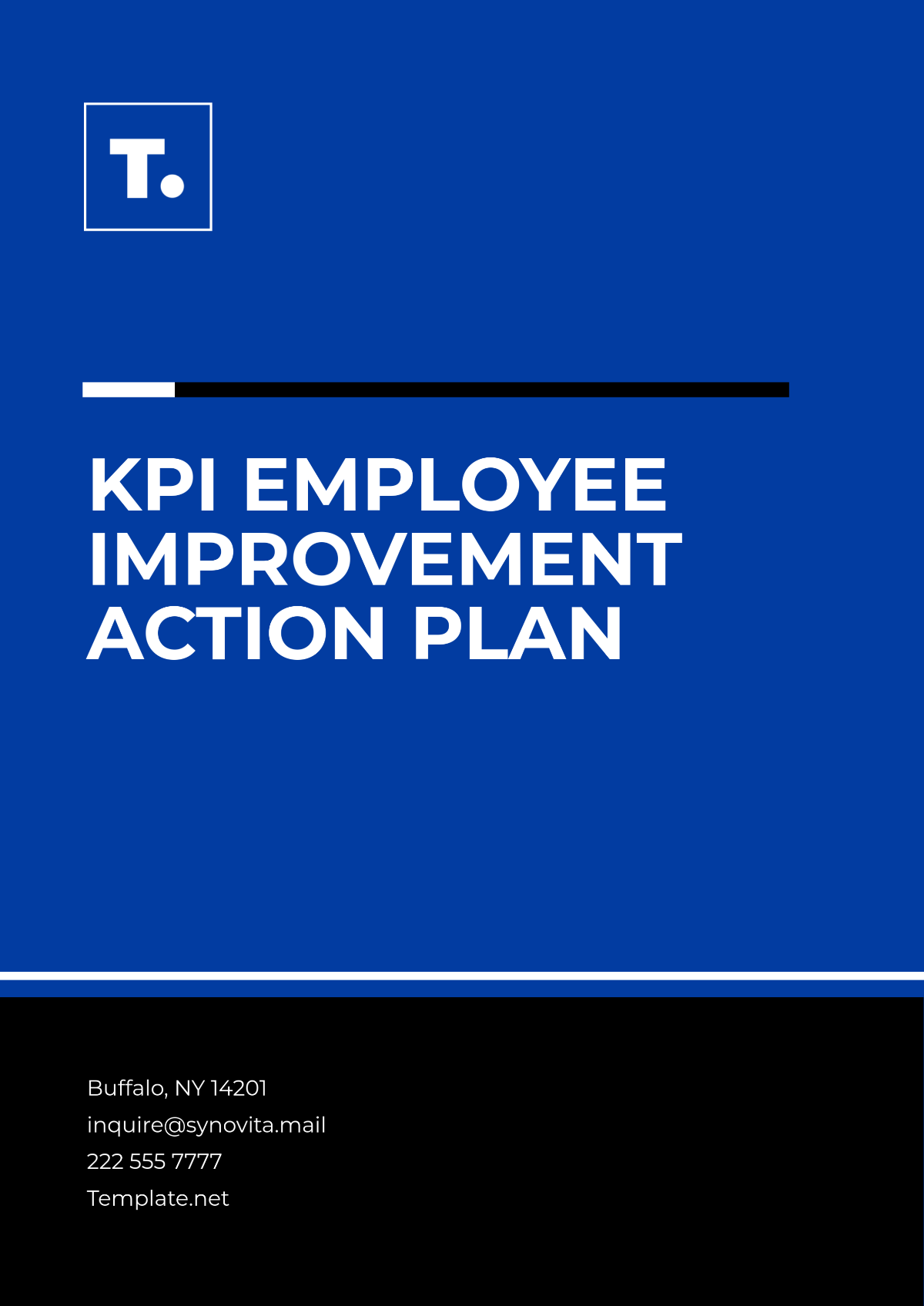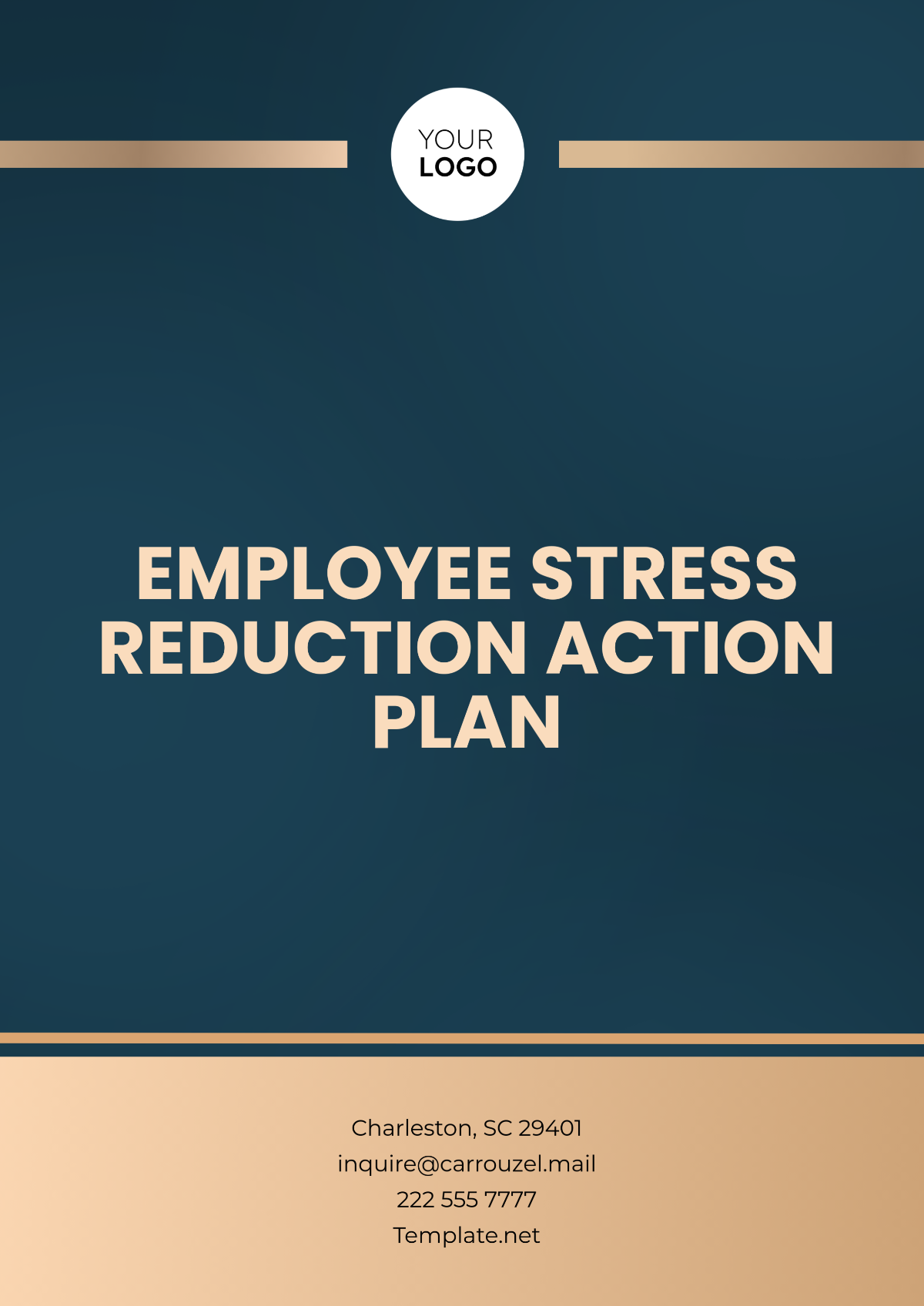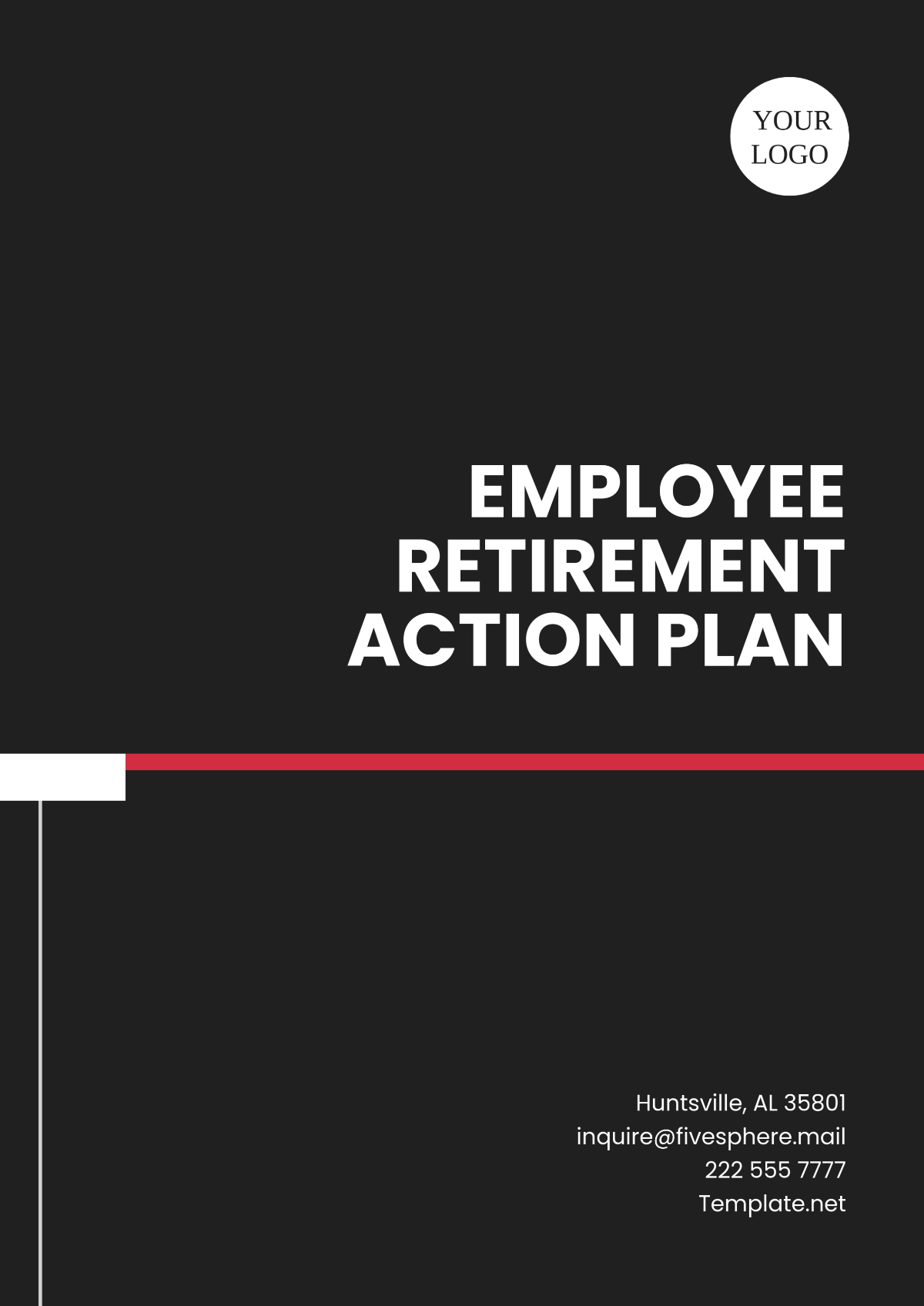Health & Safety Emergency Action Plan
I. Introduction
At [Your Company Name], the health and safety of our employees, clients, and visitors are of paramount importance. This Health & Safety Emergency Action Plan (EAP) is designed to provide a comprehensive framework for responding to various emergencies that may arise within our facilities. This plan outlines the procedures and responsibilities for managing emergencies effectively, ensuring that all personnel are prepared and informed. By adhering to this plan, we aim to minimize the impact of emergencies, safeguard lives, and maintain a safe working environment.
The EAP is a critical component of our overall safety program and complies with Occupational Safety and Health Administration (OSHA) regulations and other relevant federal, state, and local standards. It is essential for all employees to be familiar with this plan and to participate in regular training and drills. Through proactive planning and a well-coordinated response, [Your Company Name] is committed to protecting the health and safety of everyone on our premises, ensuring that we can quickly and efficiently address any situation that may arise.
II. Purpose
The purpose of this Health & Safety Emergency Action Plan (EAP) is to establish a structured approach to managing and responding to emergencies at [Your Company Name]. This plan aims to ensure that all employees, clients, and visitors are prepared for and can effectively respond to a range of potential emergencies, including natural disasters, fires, medical incidents, and security threats. By providing clear guidelines and procedures, the EAP helps to mitigate risks, protect lives, and minimize property damage during emergencies.
The EAP serves several key functions:
Emergency Response Coordination: It outlines the roles and responsibilities of employees and emergency response teams, ensuring that everyone knows their specific duties during an emergency. This coordination is crucial for a swift and organized response, which can significantly impact the outcome of the situation.
Communication Procedures: The plan details how to communicate during an emergency, including the use of alarm systems, notification procedures, and the dissemination of information to all stakeholders. Effective communication is essential for ensuring that everyone is aware of the emergency and knows how to respond appropriately.
Training and Drills: It includes provisions for regular training and emergency drills to ensure that employees are familiar with the procedures and can perform their roles effectively under pressure. Regular practice helps reinforce knowledge and preparedness, reducing the likelihood of confusion and mistakes during actual emergencies.
Compliance and Improvement: The EAP ensures compliance with OSHA regulations and other relevant standards, and it includes mechanisms for reviewing and improving the plan based on feedback and lessons learned from drills and real incidents. Continuous improvement is vital for maintaining an effective emergency response capability.
Overall, this plan is designed to provide a comprehensive framework for emergency preparedness and response, helping to create a safer and more resilient workplace at [Your Company Name].
III. Scope
This Health & Safety Emergency Action Plan (EAP) is applicable to all employees, students, and visitors present within the premises of [Your Company Name]. The plan encompasses a broad range of emergency situations that may arise, including fires, medical emergencies, hazardous material spills, and natural disasters. By addressing these diverse scenarios, the EAP ensures that every individual on our premises is prepared to respond effectively, regardless of the nature of the emergency.
The scope of this plan extends to all areas of the organization, including offices, production areas, common spaces, and external facilities. It outlines the specific procedures and responsibilities for managing each type of emergency, ensuring that appropriate actions are taken to safeguard everyone’s health and safety. The EAP also includes provisions for coordination with local emergency services and compliance with federal, state, and local regulations. Through comprehensive coverage and clear guidelines, this plan is designed to provide a unified approach to emergency management, fostering a safer and more resilient environment for all individuals at [Your Company Name].
IV. Emergency Response Team
The Emergency Response Team (ERT) at [Your Company Name] is integral to the effective implementation and management of the Health & Safety Emergency Action Plan (EAP). Comprising specialized roles, the ERT is tasked with ensuring that each aspect of emergency response is handled efficiently and effectively. The team members bring expertise in various areas, enabling a comprehensive and coordinated approach to emergencies.
Below is a table outlining the key roles within the Emergency Response Team:
Role | Responsibilities |
|---|---|
Emergency Coordinator | Coordinates overall response efforts, ensuring all team members execute their duties effectively. |
Fire Safety Officer | Manages fire-related emergencies, including evacuation procedures and fire suppression. |
Medical Officer | Handles medical emergencies, providing first aid and coordinating with medical professionals as needed. |
Hazardous Materials Officer | Manages incidents involving hazardous materials, ensuring proper handling and containment. |
Communications Officer | Oversees communication and information dissemination, keeping all stakeholders informed and coordinating with external agencies. |
The ERT's coordinated efforts are essential for managing emergencies promptly and effectively, ensuring that [Your Company Name] can maintain a safe environment and comply with all relevant safety regulations.
V. Emergency Procedures
This section outlines the critical procedures to follow during various emergencies at [Your Company Name]. Each type of emergency requires specific actions to ensure the safety of all individuals on the premises and to minimize potential damage. The following tables provide detailed steps for evacuation, fire response, medical emergencies, and hazardous material spills. Adhering to these procedures is essential for a coordinated and effective response during any emergency situation.
Emergency Type | Procedures |
|---|---|
Evacuation Procedures |
|
Fire Response Procedures |
|
Medical Emergency Procedures |
|
Hazardous Material Spill Procedures |
|
VI. Communication Plan
Effective communication is essential for managing emergencies efficiently and ensuring the safety of everyone at [Your Company Name]. The communication plan is designed to facilitate clear, timely, and accurate information dissemination during an emergency. This includes:
Central Point of Contact: Establishing a designated central point of contact for all emergency-related information and updates. This role is responsible for coordinating communication efforts, consolidating information, and providing consistent updates to all stakeholders.
Multiple Communication Channels: Utilizing various communication channels to reach everyone effectively. This includes phones, emails, public address systems, and internal messaging platforms. By employing multiple channels, we ensure that critical information is conveyed promptly, regardless of individual access to any single communication method.
Clear Instructions and Updates: Providing clear, concise instructions and regular updates to all affected individuals. This ensures that everyone is informed about the nature of the emergency, necessary actions, and any changes in the situation. Clear communication helps reduce confusion and panic, facilitating a more organized response.
Open Lines with Emergency Services: Maintaining continuous communication with local emergency services. This includes sharing real-time information about the situation and coordinating efforts to ensure that external responders are fully informed and can provide the necessary support.
VII. Training and Drills
Regular training and drills are essential to ensure preparedness. The training plan includes:
Annual emergency response training for all employees.
Quarterly drills to practice evacuation and other emergency procedures.
Specialized training for members of the Emergency Response Team.
Evaluation and feedback sessions after drills to identify areas for improvement.
The Health & Safety Emergency Action Plan at [Your Company Name] is a vital tool designed to ensure preparedness and effective response during emergencies. By following the outlined procedures and roles, we can protect the health and safety of all employees, students, and visitors. It is imperative that everyone is familiar with this plan and participates in regular training and drills. Through proactive planning and clear communication, we are committed to maintaining a safe and secure environment. For any questions or further information, please contact the Emergency Coordinator at [Your Company Email].


